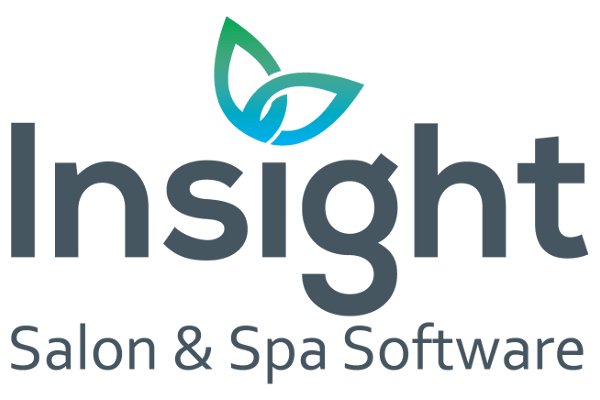Determining the right pricing for your nail salon is one of the most important decisions when opening a nail salon. The prices you set impact everything from your profits to customer satisfaction and retention. While you don’t want to undervalue your services, pricing too high can turn clients away. So what should you consider when setting your nail service prices? This comprehensive guide covers the key factors for establishing smart yet competitive nail salon prices.
Calculate Your Costs
The first step in determining pricing is to tally up what it costs you to provide each service. This includes:
- Product costs - This includes expenses for items directly used in services, like nail polishes, acetone, cotton balls, lotions, files, buffers, wax, paraffin, and any other supplies. For a basic manicure this might be around $2-$5.
- Disposable supplies - Items like cotton swabs, neck strips, disposable foot bath liners, towels, gloves, and other sanitation materials used per client service can add up.
- Labor - Factor in what you pay nail technicians per hour and how long each service takes.
- Utilities - Allocate part of electricity, water, and other utility fees to each service based on time and resources.
- Rent - Some portion of your salon rental or mortgage costs should be counted per service.
- Liability insurance - Part of your monthly premium cost should be apportioned to each client service.
- Credit card processing fees - Transactions costs need to be calculated in.
- Any other overhead like reception staff, accounting fees, music subscriptions, etc.
Add all of these together to get your true cost per service. Don't just guess - track detailed expenses for at least 2-3 months when starting out. Use salon software to get data and keep track of inventory.
Research Competitors’ Rates
Next, find out what other salons in your area are charging for similar services. Search online listings and call around to compare your competitors’ prices. You generally want to be in line with the going rates for high-quality salons in your market, avoiding drastically undercutting or exceeding them. For instance, basic manicures tend to range from $15-$25, while sculpted acrylic sets may go for $40-$60.
Factor in Location and Customers
If you're in an affluent neighborhood or commercial district where customers have high disposable income, you may be able to charge at the higher end of typical pricing. In lower-income regions or economically depressed areas, customers may only support lower price points.
- Consider demographics like student populations or budget-conscious millennials/Gen Z.
- Retiree communities can also be more price sensitive.
Pay attention to the competitive landscape - if there’s already budget salons nearby, competing on price may not make sense.
- Research your specific location's income levels, demand, competition, and demographics in-depth.
- Choose prices aligned with what customers in that micro-market are willing and able to pay.
When in doubt, start at the lower end of affordability, then gradually increase as you build a customer base. If you price too far outside what locals can afford, you'll struggle to attract business.
The key is thorough research into the exact customers and competitive dynamics in your precise location. Tailor pricing based on hyperlocal demand and affordability factors.
Set Base Prices
Once you’ve calculated your costs per service and researched competitor pricing ranges, it's time to establish your base service prices. This involves adding a markup onto your costs to build in profit margin.
A good starting point is to take your total cost per service and add on a 75-100% markup. For example, if your costs to provide a basic manicure are $20, adding a 75% markup would bring the price to $35 ($20 x 1.75). A 100% markup on $20 cost would be $40.
Aim for markup percentages in that range when first establishing prices. As you gain customers and visibility, you may be able to gradually increase markup over time. Just be wary of exceeding 100% markup across the board very early on.
When setting base prices, follow these guidelines:
- Markup more straightforward, quick services like polish changes and express manicures in the 75-85% range.
- Use 90-100%+ markup on more complex and labor-intensive services like sculpted acrylics, gel sets, advanced nail art, etc.
- Add bigger markups to expensive product costs like luxury polishes and treatment add-ons to improve profitability.
- Factor in competitors' rates too - your prices can be 10-20% above basic salons and 5-10% below high-end ones, for example.
Price anchoring to the $5 or $10 level can help too - $45 instead of $43. Use consistent increment pricing between service types to signal levels of effort and complexity to customers.
Use Value-Based Pricing Strategies
Rather than just adding to costs, value-based pricing sets rates according to the perceived value of the service. How much benefit does the client receive? For instance, a full acrylic set might be priced at $55 while a quick polish change is $15. Vary pricing for different service types.
Add On Promotions and Discounts
Once your base prices are set, you have room to offer occasional promotions like first-time client discounts or bonus add-on services. This helps attract new customers to try your salon. Just avoid constant deep discounting that devalues your work.
Adjust Pricing Over Time
Reevaluate your prices annually to account for inflation in product and labor costs. Slight annual increases of 3-5% are typical for the nail industry as expenses rise. Watch competitors' rates as well.
Final Thoughts
Optimizing pricing requires ongoing analysis, research, and adjustments. Following this guide will help set prices for sustainable success. The key is to balance affordability and profitability. Underpricing loses money, overpricing loses customers. Aim for competitive yet profitable rates. Use value-based pricing, promotions, and periodic adjustments. Ensure pricing matches brand positioning. Educate customers on the value received and real costs involved. With smart pricing decisions, your nail salon can thrive for the long-term.
